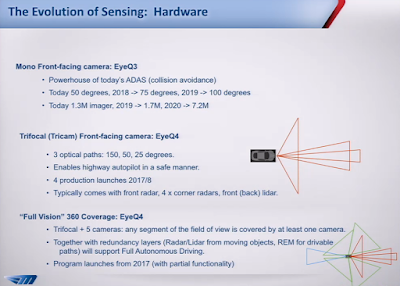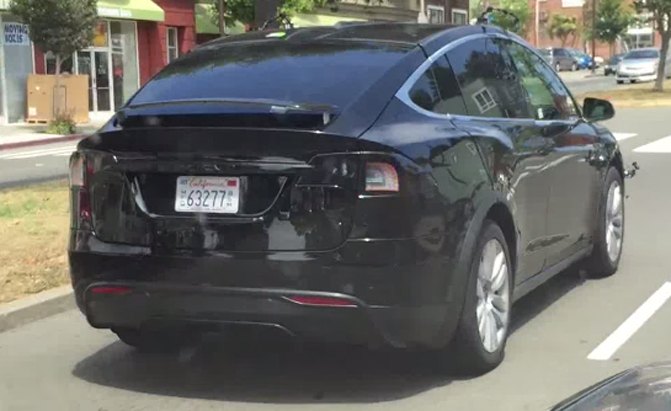Twenty-eight—that’s how many cameras, lasers, sensors, and radar units make up the self-driving system Volvo says it could put into a production vehicle today. Let that soak in, folks, especially the “today” part. Volvo claims its Autopilot system is “reliable enough to take over every aspect of driving in autonomous mode,” and that, right on schedule, it will be putting 100 fully autonomous vehicles in the hands of real people as part of the “
Drive Me” pilot program in the company’s home city of Gothenburg, Sweden. Yep, Volvo’s plan to launch the world’s first large-scale autonomous driving trial by 2017 is going to actually happen—and today the company detailed how.






